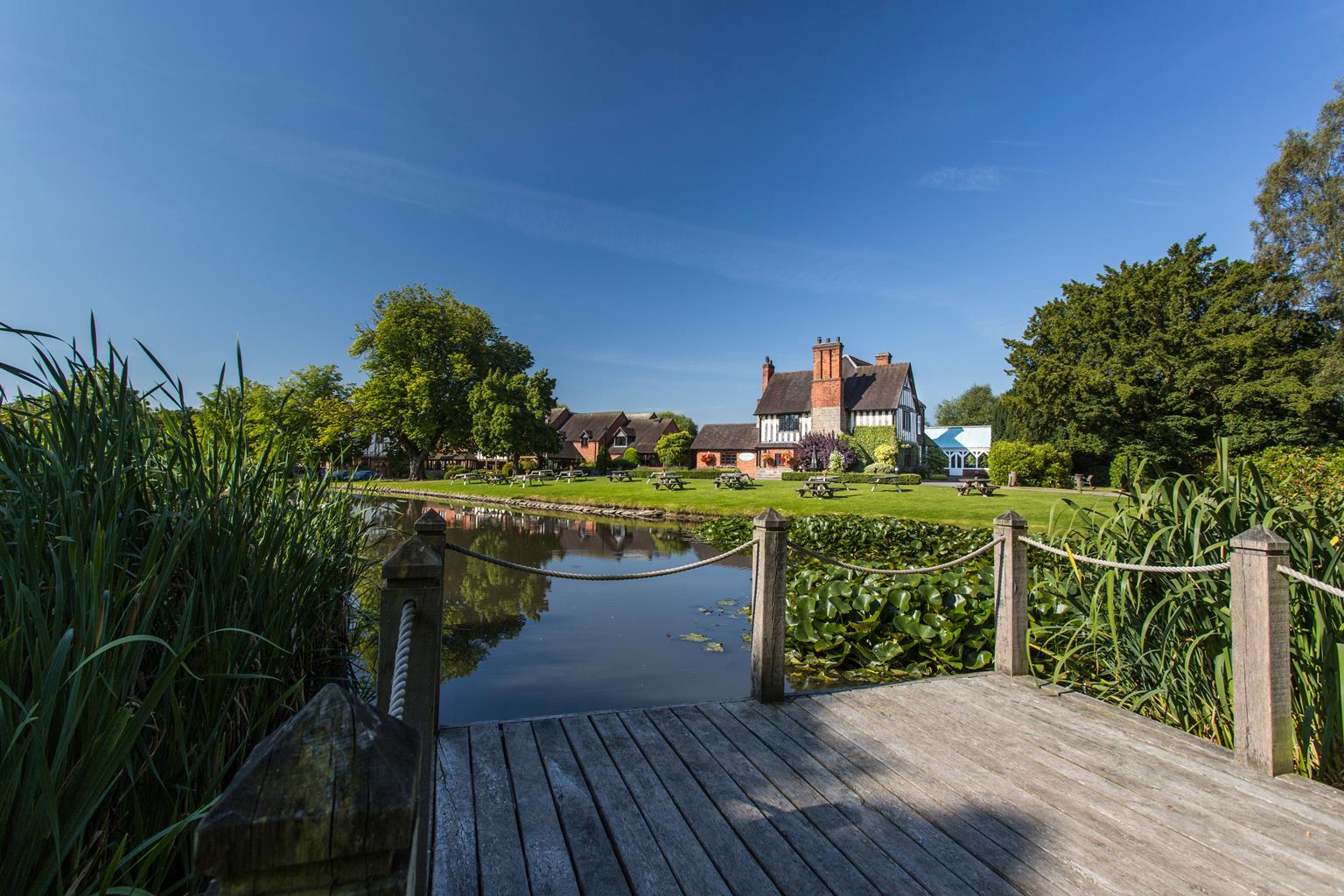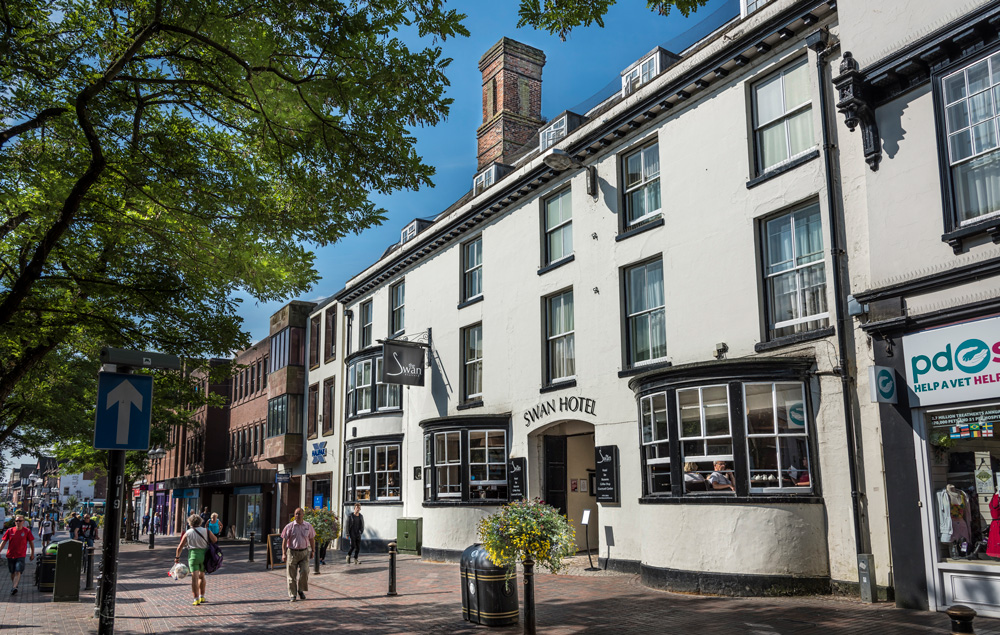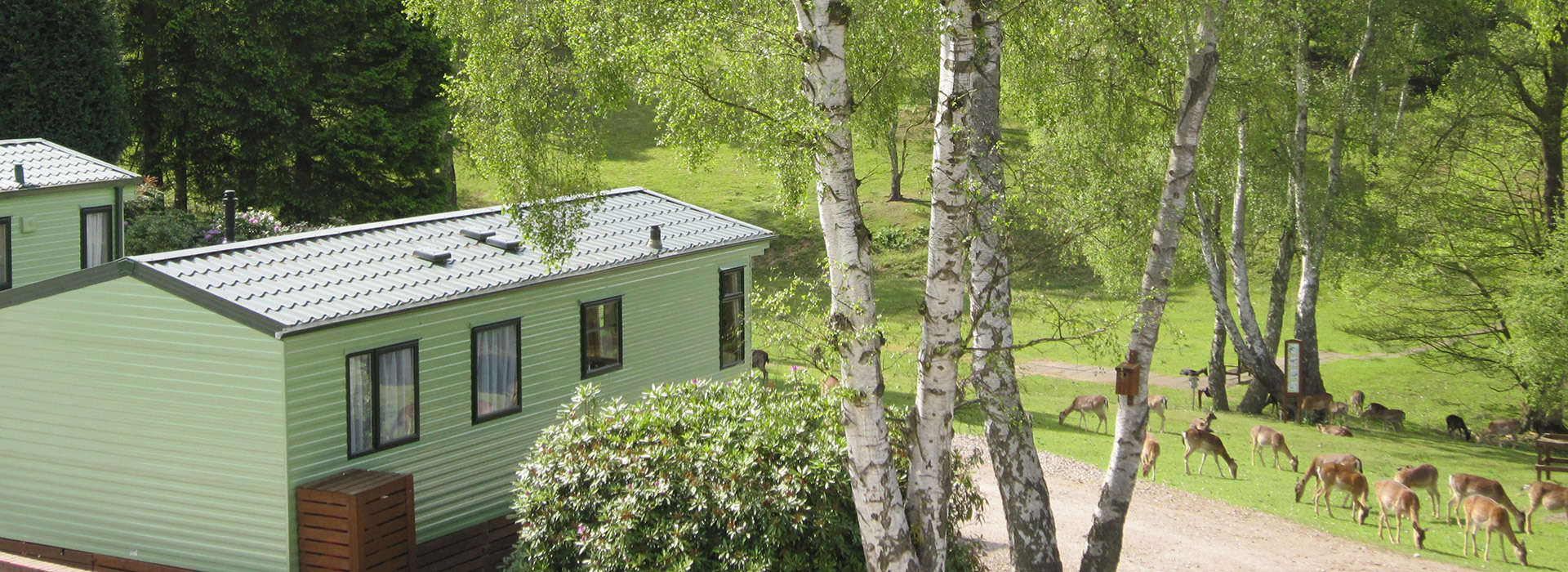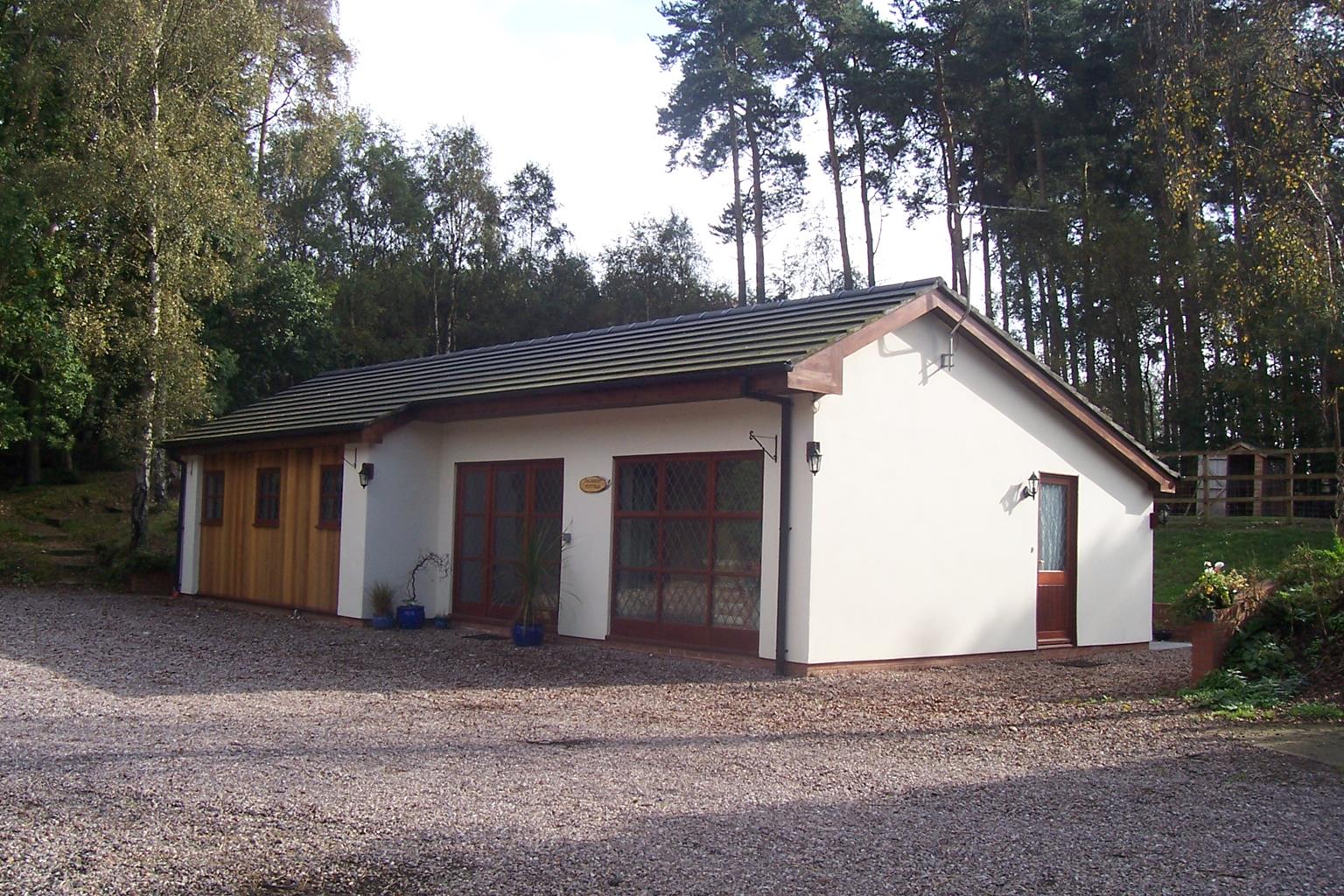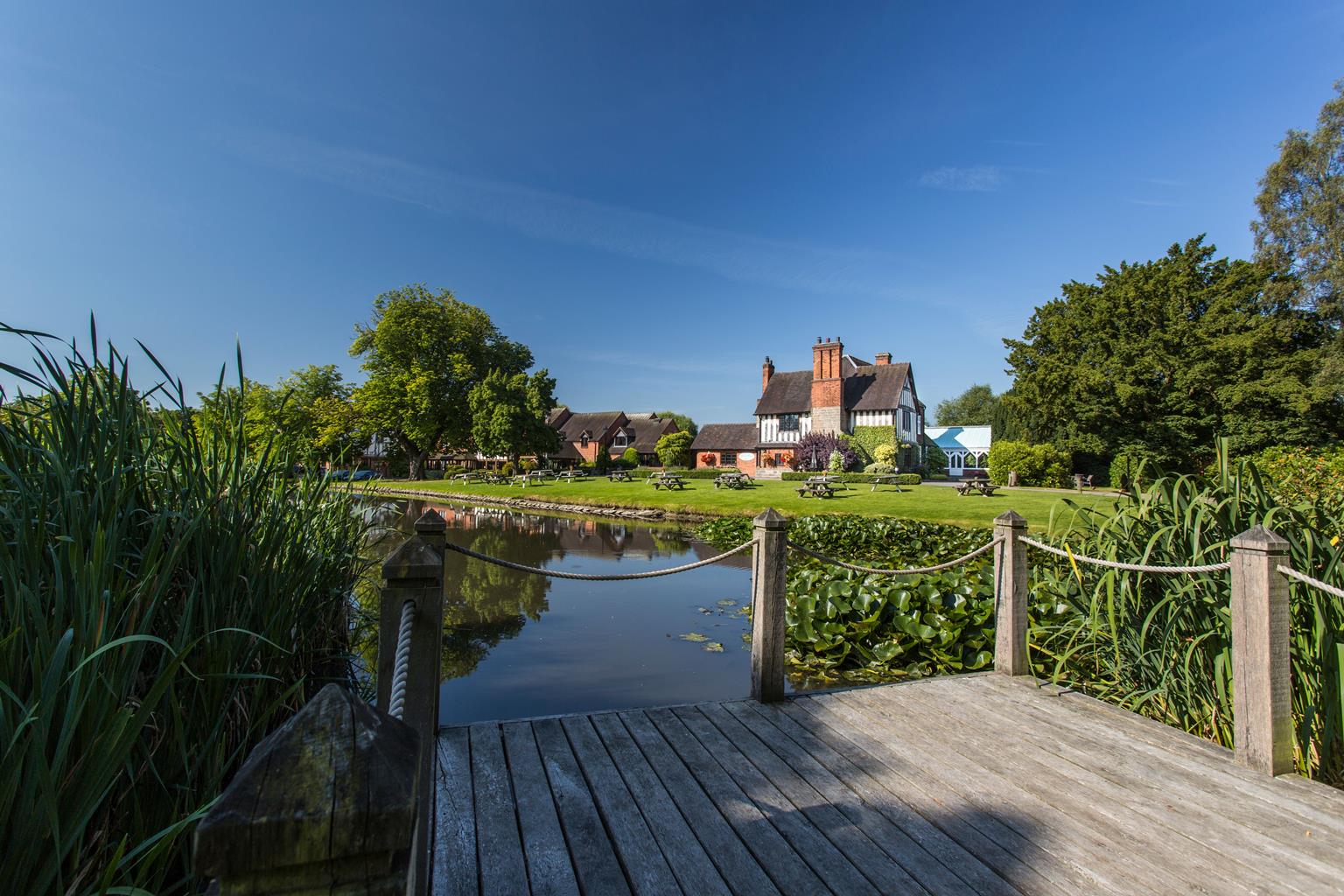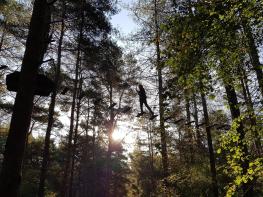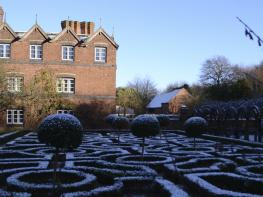Silver Trees Holiday Park stands in the middle of Cannock Chase, a former Royal forest. There’s…
Cannock Chase and Spring Slade Lodge

This heathland walk serves as a poignant reminder of less peaceful times
4 miles (6.4kms)
About the walk
At the beginning of the 20th century Cannock Chase was very different from the way it is now, due to centuries of deforestation. A long history of iron smelting and the consequent demand for charcoal and then coal had left the landscape almost treeless.
Army training camp
But the bleak landscape reflected bleaker times. With the outbreak of World War I, the Chase seemed the perfect place for an army training camp and, between 1914 and 1918, 250,000 British and Commonwealth troops passed through here on their way to the trenches. Many would not return.
The camp occupied much of the area of this walk. There were training areas and firing ranges and also a railway, sewage works, prisoner of war camp, powerhouse and pumping station, and quarters for troops and officers. Equally important were the veterinary hospital at Chase Road Corner (horses were still a large part of military life) and the Great War Hospital at Brindley Heath, for wounded soldiers brought back from the front. Many German, British and Commonwealth soldiers who died in the War Hospital were buried in the Commonwealth Cemetery, which today is a quiet, contemplative, immaculately preserved place. Equally moving is the German War Cemetery, just to the northeast. It was established by the German War Graves Commission, an organisation charged with caring for the graves of victims of war and tyranny. The commission was asked by the German government to take care of over 1.4 million graves, in 343 cemeteries throughout 24 different countries.
After the German-British War Graves Treaty of 1959, most of the German soldiers in cemeteries around Britain were exhumed and transferred to the cemetery at Cannock Chase, and today it is the only German war cemetery in the UK. It is the final resting place for 2,143 servicemen who died in World War I and 2,797 who died in World War II. In all, 1,307 Germans remain in other British cemeteries (including the Commonwealth Cemetery here) and are looked after by the Commonwealth War Graves Commission. Read the poem on the wall of the visitor centre; it says it all.
Walk directions
From the Glacial Boulder, walk away from the road along a narrow path past the trig point and then turn right along the wide gravel track. When you get to a fork, go right, following the Heart of England Way footpath sign.
At a crossroads of paths, keep ahead (ignoring a footpath to the right). At the next path junction, again carry straight on as the path curves gradually around the right. Continue along this track across several more path crossroads until your path enters trees and curves round to the left alongside the road. Where another wide track comes in from the left, go straight on rather than taking the shortcut down to the road on the right. Soon you meet the narrow surfaced road opposite Spring Slade Lodge. (The Katyn Memorial is just up to the left here.)
Cross the side road, and walk up a dirt track and across a path crossroads. After about 500yds (457m) you come to a T-junction which requires a dog-leg right then left to keep going in the same direction and across the end of a car park. Continue in this direction to a second car park and, as the track curves around to the left, another metalled road.
Turn left past the German War Cemetery. In 100yds (91m) the road becomes a wide gravel track. Continue for another 0.25 miles (400m) down into the woods, and when you get to the fork go left down into the head of Sherbrook Valley.
Continue along the bottom of the valley for a mile (1.6km), staying to the right of the stream and ignoring all paths off, until you get to a track junction with a ford down on the left. Cross the stream using the stepping stones. At the junction on the other side, head away from the stream following a stony track slightly left around the bottom of a hill ahead, rather than a path slightly right, straight over the top of it. Follow this track as it curves round to the right, up onto the plateau.
Continue across the plateau until the path starts to descend the other side, at which point you rejoin your original path, heading right, back to the Glacial Boulder and car park.
Additional information
Gravel tracks, dirt paths and roads
Heather and woodland
Beware of cyclists at all times
OS Explorer 244 Cannock Chase
Ample parking at start point
None on route
WALKING IN SAFETY
Read our tips to look after yourself and the environment when following this walk.
Find out more
Also in the area
About the area
Discover Staffordshire
It was Staffordshire that bore the brunt of the largest non-nuclear explosion of World War II, when a munitions dump at RAF Fauld went up in 1944. It was also the county’s regiment that once boasted within its ranks the most decorated NCO of World War I, in the person of William Coltman (1891-1974). Going back a little further, George Handel penned his world-famous masterpiece The Messiah on Staffordshire soil. During another chapter of Staffordshire history, the county was home to the first canals and the first factory in Britain, and it had front-row seats for the drama surrounding one of the most notorious murder trials of the 19th century, that of Doctor William Palmer.
In outline, Staffordshire looks not unlike the profile of a man giving Leicestershire a big kiss. The man’s forehead is arguably the best region for hillwalking, as it comprises a significant chunk of the Peak District. This area is characterised by lofty moors, deep dales and tremendous views of both. Further south are the six sprawling towns that make up Stoke-on-Trent, which historically have had such an impact on Staffordshire’s fortunes, not to mention its culture and countryside. This is pottery country, formerly at the forefront of the Industrial Revolution and the driving force behind a network of canals that still criss-cross the county.
Nearby stays
Restaurants and Pubs
Nearby experiences
Recommended things to do
Why choose Rated Trips?
Your trusted guide to rated places across the UK
The best coverage
Discover more than 15,000 professionally rated places to stay, eat and visit from across the UK and Ireland.
Quality assured
Choose a place to stay safe in the knowledge that it has been expertly assessed by trained assessors.
Plan your next trip
Search by location or the type of place you're visiting to find your next ideal holiday experience.
Travel inspiration
Read our articles, city guides and recommended things to do for inspiration. We're here to help you explore the UK.



